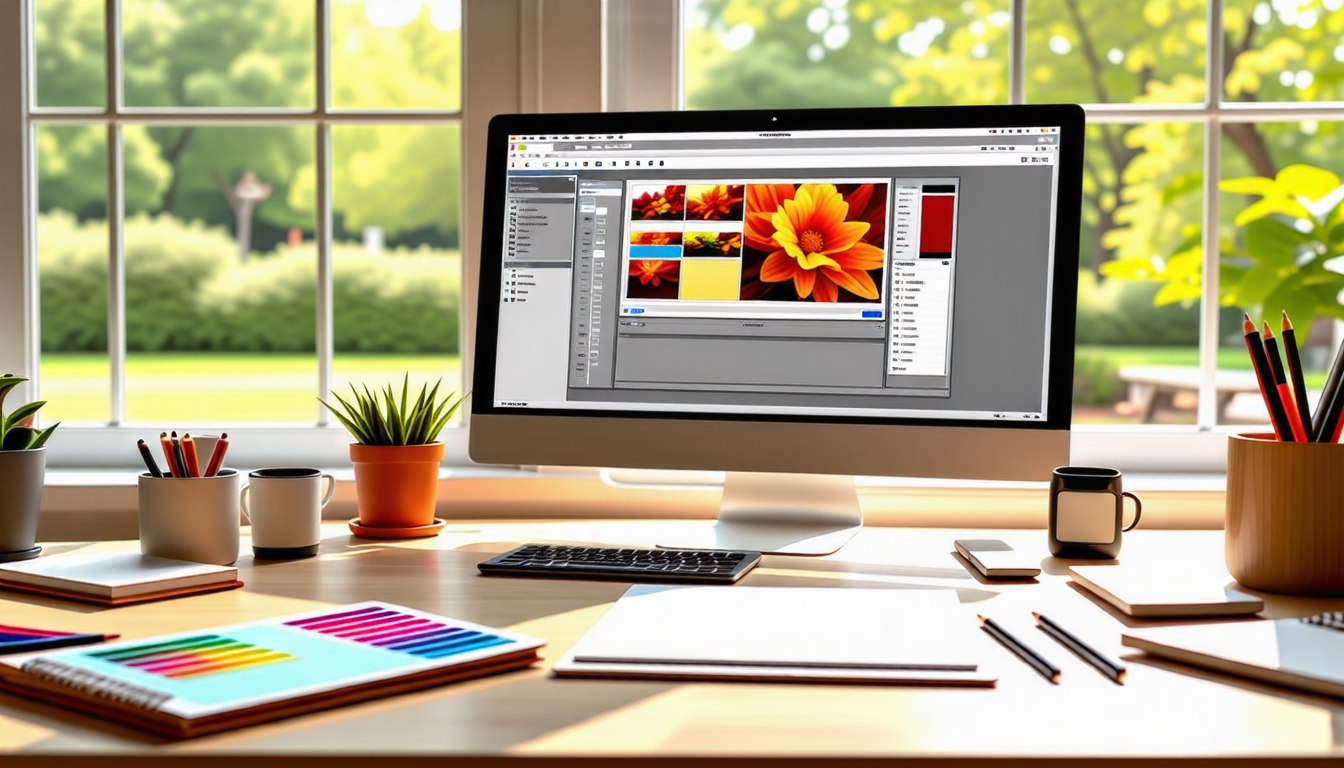|
IN BRIEF
|
Every photograph tells a story, but how do we breathe life into a flat image and create a sense of depth? Mastering the art of depth enhancement is an essential skill for any photographer seeking to elevate their work. By employing specific techniques, you can transform your visuals from mundane to mesmerizing. Whether it’s adjusting aperture settings to play with focus, skillfully selecting your composition, or utilizing lighting angles to sculpt shadows, each method holds the potential to add layers of intrigue. Embrace these techniques and watch your pictures evolve into captivating narratives that invite the viewer to explore every dimension of your artistic vision.
In the realm of photography, creating a sense of depth is paramount to developing powerful and engaging images. A two-dimensional photograph can transform into a dynamic visual experience when depth is effectively incorporated. There are numerous techniques that photographers can employ to add layers to their images, grounding their subjects within an environment that encourages viewer engagement.
Layered Storytelling through Composition
Combining multiple depth techniques — such as layering elements, utilizing leading lines, and employing a diverse color palette — can create a rich visual narrative. By thoughtfully arranging compositional components, the photographer can guide viewers through interactions and experiences within the frame. Each layer and depth element tells its story while contributing to the larger masterpiece.
In summary, implementing a variety of techniques and being attentive to the principles of depth can significantly enhance photographic compositions. Through thoughtful integration of both technical skills and creative expression, photographers can elevate the impact of their images. Whether through adjusting aperture settings, manipulating light, or exploring post-processing opportunities, depth is an infinite playground for visual storytelling. The key lies in continuous experimentation, practice, and a bold imagination.
Utilizing Foreground Elements
One of the most effective ways to enhance depth is by incorporating prominent foreground elements into the composition. When a photographer includes a close-up object in the foreground, it serves as a visual anchor, pulling the viewer’s attention into the scene. This technique often creates a vibrant contrast with the midground and background, enhancing the overall sense of dimension. Moreover, incorporating textures or interesting shapes as foreground subjects can also provide additional visual interest.
Close-Up Focus Techniques
Implementing close-up focus on foreground elements will allow for a greater distinction in the depth of field (DoF). By using a wide aperture, such as f/2.8 or wider, the foreground can be isolated from the background, creating a beautiful bokeh effect. This blurs the background, subtly steering the viewer’s eye towards the focused subject. While this technique works effectively, care must be taken to maintain a balance that does not overpower the overall composition.
Creating depth in photography is essential for transforming flat images into visually compelling scenes. One of the most effective techniques is to experiment with aperture settings. A lower f-stop value, such as f/2.8, provides a shallow depth of field, isolating the subject and adding richness to the background, which can evoke emotional responses.
Additionally, incorporating foreground elements can enhance the sense of three-dimensionality in a photograph. For instance, shooting through leaves or flowers not only frames the main subject but also leads the viewer’s eye into the picture. Use of leading lines, such as roads or rivers, can guide attention and create a dynamic composition.
Lighting plays a crucial role as well; using golden hour light often results in softer shadows and warmer tones, enriching the image while enhancing its depth. Moreover, techniques like dodging and burning allow selective adjustments to tone and contrast, further enhancing the perception of depth. By mastering these techniques, photographers can significantly improve the visual impact of their work.
Creating an engaging sense of depth in photography transforms ordinary images into captivating visual narratives. Techniques such as utilizing a wide aperture to achieve shallow depth of field allows the subject to stand out dramatically against a beautifully blurred backdrop. Furthermore, incorporating foreground elements can frame the subject and guide the viewer’s eye through the composition. Contrast and lighting adjustments help illuminate or obscure certain areas, enhancing the three-dimensional feel of an image. Experimenting with various compositions, along with post-processing tools to refine details, elevates the depth of any photograph. Remember, creativity and practice pave the way to mastering these techniques, inviting photographers to explore and express their unique artistic visions.
FAQ
What techniques can be used to create depth in photography?
R: Techniques such as incorporating foreground elements, utilizing leading lines, and implementing layered compositions can significantly enhance the sense of depth in your images.
How does aperture affect image depth?
R: By adjusting the aperture settings, you can control the depth of field. A wider aperture (lower f-stop) creates a shallow depth of field, blurring the background and emphasizing the subject, while a smaller aperture (higher f-stop) keeps more of the scene in focus, enhancing depth.
What role does lighting play in creating depth?
R: Strategic lighting angles help to create shadows and highlights, adding dimension to your images. Experimenting with natural light during the golden hour or using artificial sources can bring out the three-dimensional aspects of your subjects.
Can post-processing techniques improve depth perception?
R: Absolutely! Techniques like dodging and burning allow you to selectively lighten or darken areas, enhancing the three-dimensional feel. Additionally, adjusting contrast and clarity in editing software can further enrich the depth in your photos.
How can I use composition to enhance image depth?
R: Composing your photo with distinct layers—foreground, midground, and background—adds visual interest and a sense of depth. Incorporating elements like haze or using a wide-angle lens can further amplify this effect.
